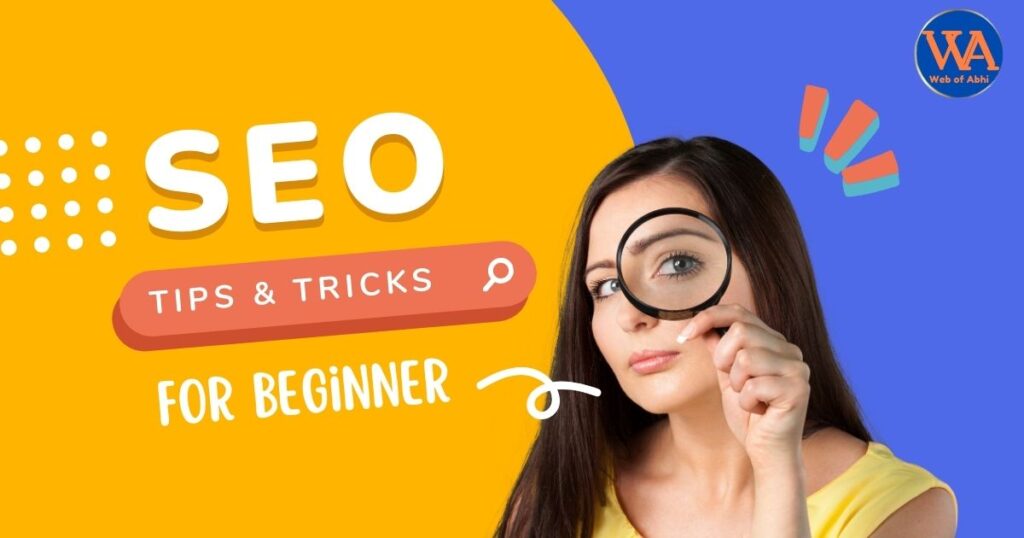In today’s digital world, web design plays a crucial role in how websites look, feel, and function. Whether you want to create your own site, start a career in web design, or just learn the basics, understanding the core concepts is a must. In this guide, we’ll introduce you to the world of web design, covering everything you need to know to get started.
What is Web Design?
Different aspects of Web Designing
At its core, web design refers to the process of creating websites. It involves planning, conceptualizing, and arranging content in a way that makes the site both visually appealing and easy to use. Web design encompasses many different aspects, including:
- Layout: How the elements (text, images, videos) are arranged on a webpage.
- Color scheme: The combination of colors used to create an attractive and harmonious website.
- Typography: The selection of fonts and their appearance on the site.
- Graphics: Use of images, icons, logos, and other media.
- Responsive design: Ensuring the website looks good and functions well on various devices, including mobile phones, tablets, and desktops.
Why is Web Design Important?
A well-designed website isn’t just about making things look pretty—it’s about improving user experience (UX). When a website is easy to navigate, visually engaging, and responsive, it helps businesses convert visitors into customers. Additionally, good web design can help improve SEO (Search Engine Optimization), which means your website will rank higher in search results, attracting more traffic.
Key Elements of Effective Web Design
Simple and Clean Layout
Websites should be easy to navigate. Too many elements can confuse users. Keep the layout clean with enough white space, making it easy for visitors to find what they need.
Mobile Responsiveness
More than half of global website traffic comes from mobile devices. If your website isn’t responsive, you risk losing visitors. Make sure your design adapts to all screen sizes.
Consistent Branding
Branding creates trust and recognition. Ensure the colors, fonts, and design elements match your brand’s identity across all pages.
Fast Load Times
No one likes waiting for a website to load. Optimize images, use efficient coding, and choose fast hosting to make sure your website loads quickly.
Common Web Design Tools and Technologies
Here are some essential tools and technologies used in web design:
- HTML & CSS: The backbone of all websites. HTML (HyperText Markup Language) structures the content, while CSS (Cascading Style Sheets) styles it.
- JavaScript: Adds interactivity to websites, such as animations, forms, and dynamic content.
- Design Software: Tools like Adobe XD, Figma, and Sketch help create wireframes and design mockups before actual coding begins.
- Content Management Systems (CMS): Platforms like WordPress allow you to build and manage websites without needing to code from scratch.
Types of Web Design
There are several different types of web design that you can choose based on the needs of the website:
- Static Web Design
Static websites are simple and consist of fixed content that doesn’t change unless manually updated. These are great for small businesses and portfolio sites. - Dynamic Web Design
Dynamic websites display different content based on user interaction or time of access. They are more complex but allow for a highly personalized user experience. - Responsive Web Design
A responsive website adjusts itself to different screen sizes, ensuring a seamless user experience on all devices. - Single Page Design
These websites display all information on a single scrolling page. They are great for storytelling and creating a streamlined experience.
How to Get Started with Web Design?
If you’re new to web design, here are some simple steps to help you begin:
- Learn the Basics of HTML and CSS
Understanding the basics of HTML and CSS will give you more control over your website’s layout and appearance. - Explore Web Design Tools
Tools like Adobe XD, Figma, and WordPress make designing websites easier. Experiment with these tools to see which one fits your style. - Start Small with Practice Projects
Begin by designing simple websites or landing pages to practice. Try redesigning your favorite website or creating a portfolio page for yourself. - Stay Updated with Design Trends
Web design is constantly evolving. Make sure to stay up-to-date with the latest trends, such as minimalism, dark mode, and micro-interactions.
Web Design Trends to Watch in 2024
- Dark Mode: Many websites now offer dark themes to reduce eye strain and improve the visual appeal.
- 3D Visuals: Websites with subtle 3D elements are becoming popular for creating immersive experiences.
- Minimalism: Clean, uncluttered designs are in high demand, focusing on only the most important content.
Conclusion
Web design is a creative and technical field with endless opportunities for growth. By learning the basics and exploring modern tools and trends, you can create beautiful, functional websites that provide excellent user experiences.
Whether you’re a beginner or looking to improve your web design skills, the key is to practice consistently and stay updated with new trends and technologies.
1. What skills do I need to become a web designer?
You need to understand HTML, CSS, JavaScript, and design principles like layout, color theory, and typography.
2. How much does a web designer earn?
The average salary of a web designer varies by location and experience. However, experienced designers can earn a lucrative income through freelancing or full-time jobs.
3. What is the best software for web design?
Popular tools include Adobe XD, Figma, Sketch, and WordPress. Each tool offers different features depending on your needs.
Stay tuned for more insights on ranking your business in the digital landscape.
AR
Owner of Web of Abhi – Online Business Solution CompanyWeb Developer | WordPress | SEO | Digital Marketing | Graphic Designer | Web Design



